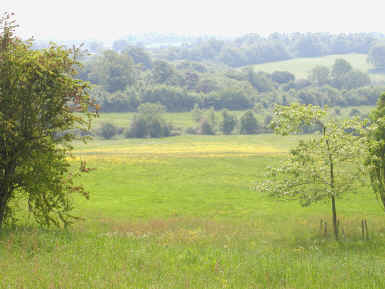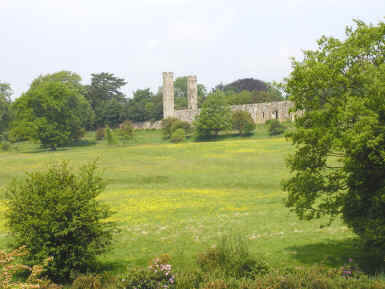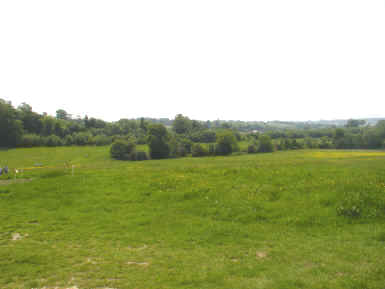The Battle of Hastings
The Battle of Hastings had a significant impact on the future of Medieval England. However, having taken place around seven miles away from Hastings in Battle, it is in many respects misnamed. Why, then, has the battle always been associated with Hastings? In 1066, the region of Battle was an important area. Even in the Domesday Book, this part of Sussex was valued at £48 before the battle and £30 afterwards. Compared to other parts of Sussex, this was incredibly wealthy. Despite the area's prominence, people were unwilling to name the clash 'the Battle of Battle'. As a result, the battle was named after the nearest large town - Hastings. The battle itself was fought by the current Battle Abbey, but much of the battle was based around Harold's position on Senlac Hill, a short distance from where the current abbey sits.
Why was Battle so important? In the 11th Century, the coastline of Sussex was different to the coast today. In fact, the coast was nearer to Battle than it is now and the only major 'road' that linked Hastings to London travelled through it. If Harold won at Battle, William would have had great difficulties sustaining his campaign. If William won, he would have control of the only proper 'road' to London, which was the heart of England.
Scenes from the battlefield:
Harold's view from the top of Senlac Hill:
|
The view from Harold's
position |
Harold would have had a major advantage by placing his shield wall on Senlac Hill, forcing William and the Normans would have had to attack Harold on a slope. William's men gathered in what appears to be a second field behind the single tree line (just above the central line), meaning that Harold knew roughly the route that the Normans would have to take. The single tree line that runs just above the centre of the photo is wet and boggy from water that flows down the hill, particularly in October. William would not have been able to move his cavalry through this area as the horses would have been bogged down. If the current geography is similar to that of 1066, William would have attacked from the left of the photo.
William's view from the bottom of Senlac Hill:
|
The view the Normans had
of Harold's position |
Harold's shield wall would have been roughly where the remains of the abbey can be seen, running along the top of Senlac Hill. The climb for William's soldiers (wearing their heavy chain mail armour) would have been difficult even without the additional pressure of the attack from Harold and his troops. The Bayeux Tapestry shows that the Saxons rained down arrows on the advancing Normans, making the advancement up the hill very dangerous for men and horses alike.
|
|
Though the photo seemingly shows a relatively flat piece of land, the incline from the bottom of the hill to the top is reasonably steep. Though Norman soldiers of the time would have been fit and strong, the climb would still have been tiring in the best of circumstances - in a battle, it would have been a lot worse. It is thought that Harold would have been in a good position for victory had he not ordered the pursuit of the fleeing Normans.
MLA Citation/Reference
"The Battle of Hastings". HistoryLearning.com. 2025. Web.



